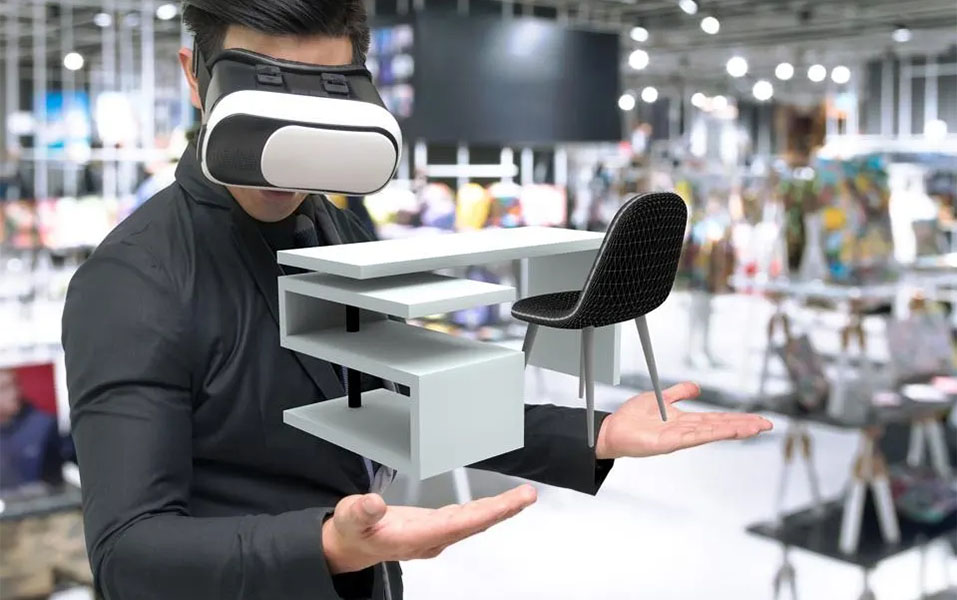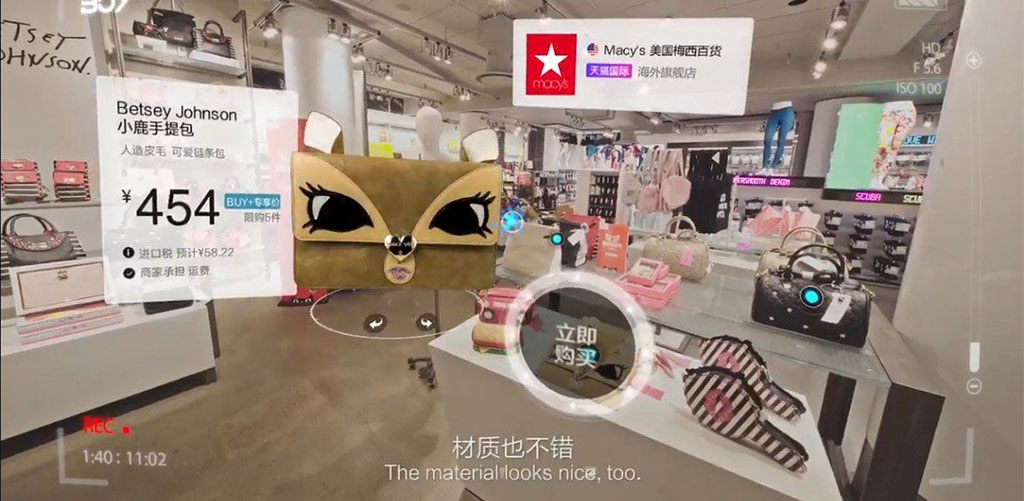

The world of retail is undergoing a revolution, with futuristic technologies like Augmented Reality (AR) and Virtual Reality (VR) reshaping the way we shop. Leading this revolution is Visual Merchandising, often called the “silent seller,” which involves creating eye-catching and customer-focused store displays.
Not only are these technological innovations improving the shopping experience, but they are also changing the way customers engage with companies and products.
As AR and VR evolve, they have the ability to transform the retail industry by providing customised, immersive experiences that promote customer loyalty. But how do they do it? Let’s explore.
AR and VR technologies can make customer experiences better in many ways, benefiting both retailers and shoppers.
Here’s a glimpse of how these technologies are impacting the industry:
Augmented Reality Retail: AR allows customers to interact with products virtually, offering features like virtual try-ons for clothing, makeup, accessories, and even furniture.
For example, AR furniture placement apps, such as IKEA Place, enable customers to visualise furniture in their homes before making a purchase. This seamless integration of real and digital environments is transforming customer buying habits.

Virtual Reality Shopping: However, VR is changing the way people shop by allowing them to explore stores from the comfort of their homes. According to Forbes, “VR-powered store tours can increase conversion rates by up to 30%, especially for online shoppers who crave a more immersive and realistic shopping experience.”
This benefits remote customers who seek a lifelike shopping experience without any geographical limitations.
For example, Alibaba Buy+ allows customers to experience a virtual store environment using VR headsets, offering a lifelike shopping experience from anywhere.

At JD Institute, we recognise this evolving retail landscape. That’s why our programmes emphasise the blend of design and technology, equipping students to drive innovation in the retail industry.
Gamification is an effective tool to raise brand recognition and differentiation, boost sales and loyalty, and make experiences more enjoyable for both consumers and staff.
Retailers are able to develop immersive displays to engage customers and encourage product exploration. For example, Starbucks Rewards is a mobile app that offers an AR-based loyalty program. It rewards users with stars for purchases at Starbucks, which they can redeem for free drinks, food, or merchandise.
AR and VR technologies also have the potential to streamline inventory management and planograms. By merging digital data with physical spaces, retailers can optimise shelf layouts, track inventory in real-time, and make data-driven decisions.
This not only saves costs but also enhances the overall customer experience by ensuring that products are always available when needed.
The future of visual merchandising is immersive, interactive, and driven by technology.
Are you ready to be part of it?
Don’t wait. Enrol at JD Institute now and get ready for a career in visual merchandising like never before.